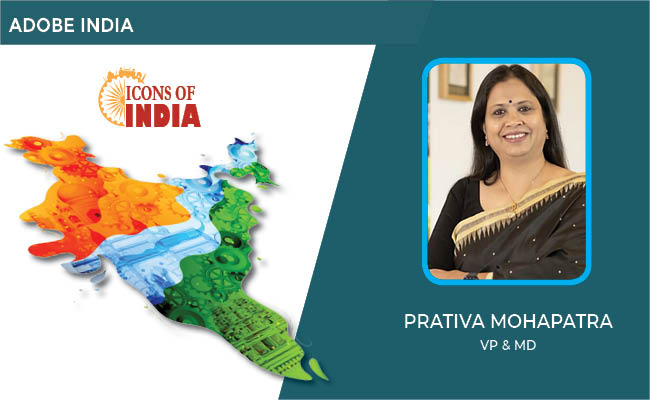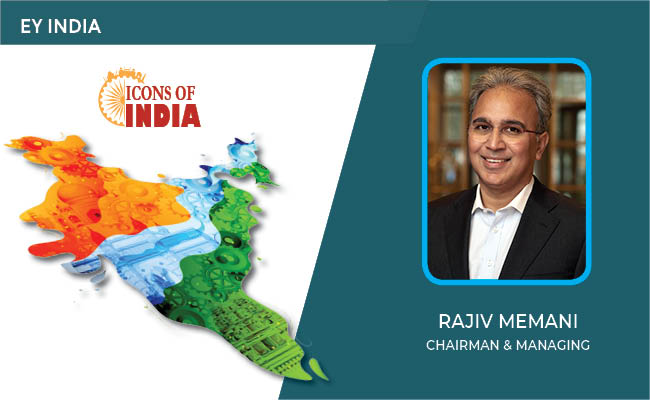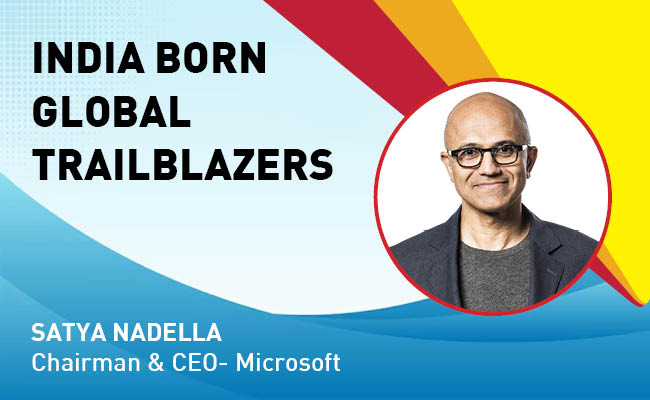Fortune of Snapdeal Picking up from Small Towns in India
By MYBRANDBOOK

Snapdeal is an Indian e-commerce company based in New Delhi. The company was started by Kunal Bahl and Rohit Bansal in February 2010, with it’s USP is targeting the B,C, and D class cities in India ,which has a high growth opportunity and more than 80 per cent of its users come from the small towns and cities of India.
This market of nearly 400 million potential buyers is the fastest growing segment in Indian e-commerce. However, the Indian e-commerce market is dominated by Amazon and Flipkart (now owned by Walmart), who together have more than 75 percent market share. With the changing strategy and indulgence of new leadership and investor, things to give a newer shape.
Snapdeal had narrowed its losses by 71% from FY18 to ₹186 crore in 2018-19. Snapdeal has more than 500,000 registered sellers with over 200 million listings on the platform, with more than 60,000 new sellers in the last two years, who have in turn added more than 50 million listings.
There was fell on the discussion for the merger with Flipkart fell through, the company went through a series of changes as part of its ‘Snapdeal 2.0’ vision and scripted a turnaround. It cut costs and shed a chunk of its workforce and also sold its payments unit, Freecharge, and logistics company Vulcan to accumulate enough to execute Snapdeal 2.0. The idea was to cut costs and sharpen focus on un-branded products for tier II and III town consumers.
Before this, Snapdeal, which at its peak was valued at USD 6.5 billion around 2016, had raised funding from giants like SoftBank, Chinese e-commerce giant Alibaba and Canadian pension fund Ontario Teachers Pension Plan (OTPP) and in 2017, SoftBank tried to orchestrate a merger between Snapdeal and Flipkart. Snapdeal, however, dumped the USD 950-million takeover offer from Flipkart and instead decided to pursue a fresh strategy - Snapdeal 2.0 - in the Indian market.
Few months back Snapdeal has received an undisclosed amount from Anand Piramal , executive director , Piramal Group and son-in-law of Indian Richest Billionaire Mukesh Ambani has invested an undisclosed sum in his personal capacity. “Snapdeal’s sharp execution in bringing great selection to the mass market segment in tier II-III cities has been quite successful," said Piramal. “Since 2017, Snapdeal’s revenues have grown rapidly with profitable unit economics," he said.
Anand's investment comes as a significant endorsement for Snapdeal and the transformation the company has undergone over the last couple of years, Snapdeal co-founder and CEO Kunal Bahl said.
Now, Softbank, has shown interest in leading a funding round of $100 million (or Rs 711 crore) in Snapdeal. The other investors now are interested in the round are a clutch of smaller Chinese and American investors. Things have changed, since… Now, SoftBank has confidence in the company and wants to back it against the American onslaught.”
The market inside report says, SoftBank must have seen that , there is space for a third large e-commerce company in India after Flipkart and Amazon, especially after Paytm Mall’s not so successful attempt to get the eyeballs of the internet savvy buyer. Chances for Snapdeal’s success has gone up because of the fall of ShopClues, which tried to capture the longtail of online retail space.
The game plan of Snapdeal is to play an go deeper part of India to the e-commerce offerings, where online shopping is not for elite. Bahl wants to turn his store into an Indian bazaar, where thousands of people come, explore and shop. These are people who are not looking for branded clothes or mobile phones or electronics.
Snapdeal does over two lakh order every day at the same time when we compare with Flipkart, which does one million orders a day, buyers of Snapdeal are different. They are not like the first tranche of online shoppers who were fluent in English, earned well, lived mostly in larger cities, were brand conscious and were tempted to splurge because of discounts. “The next 400 million online buyers are far more diverse in terms of their aspirations, where they live, the media they consume, languages they speak, frequency of online purchases and levels of disposable incomes,” Bahl said.
Online shopping is vastly underpenetrated. Only two to three percent of retail spending comes from ecommerce. The $786 billion retail consumption is expected to touch$ 2 trillion by 2030. The non-food retail market, which is Snapdeal’s playground, $163 billion is the unbranded market, and only three percent of the unbranded market is online.
Lastly, India is fairly a very big market and it is growing, as more Indians come online thanks to the 4G revolution, the industry is now also growing rapidly in the middle and lower end of the market.


Legal Battle Over IT Act Intensifies Amid Musk’s India Plans
The outcome of the legal dispute between X Corp and the Indian government c...

Wipro inks 10-year deal with Phoenix Group's ReAssure UK worth
The agreement, executed through Wipro and its 100% subsidiary,...

Centre announces that DPDP Rules nearing Finalisation by April
The government seeks to refine the rules for robust data protection, ensuri...

Home Ministry cracks down on PoS agents in digital arrest scam
Digital arrest scams are a growing cybercrime where victims are coerced or ...


ICONS OF INDIA : VINAY SINHA
Vinay Sinha is the Managing Director of Sales for the India Mega Regio...

Icons Of India : PRATIVA MOHAPATRA
Prativa is a transformational leader with an incredible breadth of exp...

ICONS OF INDIA : RAJIV MEMANI
As Chair of the EY Global Emerging Markets Committee, Rajiv connects e...


TCIL - Telecommunications Consultants India Limited
TCIL is a government-owned engineering and consultancy company...

C-DAC - Centre for Development of Advanced Computing
C-DAC is uniquely positioned in the field of advanced computing...

HPCL - Hindustan Petroleum Corporation Ltd.
HPCL is an integrated oil and gas company involved in refining, market...


Indian Tech Talent Excelling The Tech World - Sundar Pichai, CEO- Alphabet Inc.
Sundar Pichai, the CEO of Google and its parent company Alphabet Inc.,...

Indian Tech Talent Excelling The Tech World - JAYASHREE ULLAL, President and CEO - Arista Network
Jayshree V. Ullal is a British-American billionaire businesswoman, ser...

Indian Tech Talent Excelling The Tech World - Satya Nadella, Chairman & CEO- Microsoft
Satya Nadella, the Chairman and CEO of Microsoft, recently emphasized ...
 of images belongs to the respective copyright holders
of images belongs to the respective copyright holders